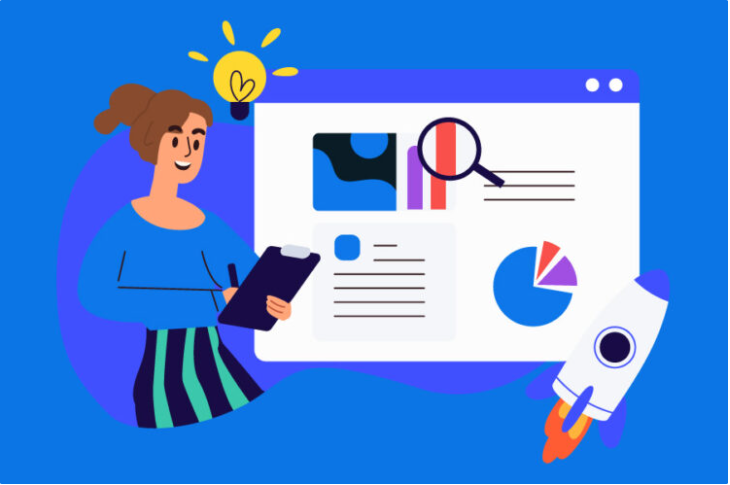Pulse of Information
Your source for the latest insights and updates.
Web Accessibility: Everyone's Invited to the Digital Party
Unlock the digital world for everyone! Discover essential tips for web accessibility and make your site a welcoming party for all.
Understanding Web Accessibility: Key Principles for Inclusive Design
Web accessibility is the practice of creating websites that can be used by everyone, including people with disabilities. Understanding the key principles of inclusive design is essential for ensuring that your content reaches the widest audience possible. The Web Content Accessibility Guidelines (WCAG) outline several important principles that can guide designers and developers. These principles include:
- Perceivable: Information and user interface components must be presented in ways that users can perceive.
- Operable: User interface components and navigation must be operable.
- Understandable: Information and the operation of the user interface must be understandable.
- Robust: Content must be robust enough to be interpreted by a wide variety of user agents, including assistive technologies.
By adhering to these principles, you not only comply with legal requirements but also foster an inclusive digital environment. This inclusivity enhances user satisfaction, increases engagement, and often leads to better demographic reach. Moreover, promoting web accessibility can improve search engine optimization (SEO), as accessible websites are often better structured and easier for search engines to crawl. Ultimately, understanding and implementing these principles results in a better experience for all users, expanding your audience and driving more traffic to your site.

Common Myths About Web Accessibility Debunked
Myth 1: Web accessibility is only about helping people with disabilities.
While it's true that web accessibility is essential for individuals with disabilities, it actually benefits all users. For instance, an accessible website can enhance usability for elderly individuals, users with temporary impairments, and those accessing the site on mobile devices. By creating an inclusive digital environment, you make your content more user-friendly for everyone, which is a win-win situation.
Myth 2: Implementing web accessibility is too complicated and costly.
Many believe that making a website accessible requires extensive resources and technical expertise, but this is a misconception. In reality, integrating accessibility features can be straightforward and cost-effective, especially if done from the start. Utilizing basic practices like providing alternative text for images, ensuring proper color contrast, and using semantic HTML can go a long way. Therefore, addressing accessibility issues is not only feasible but also crucial for reaching a broader audience.
How to Make Your Website Accessible: A Step-by-Step Guide
Making your website accessible is crucial for ensuring that all users, regardless of their abilities, can navigate and interact with your content effectively. Start by following the Web Content Accessibility Guidelines (WCAG). These guidelines provide a comprehensive framework to enhance accessibility. Begin with an accessibility audit of your site, which involves reviewing your current design, content, and functionality to identify any barriers. You can use tools like wave or axe to help with this assessment. After that, prioritize improvements based on the elements that most impact user experience.
Once you've identified areas for improvement, implement changes in a structured manner. Here’s a step-by-step approach:
- Use Alt Text: Ensure all images have descriptive alt text for users relying on screen readers.
- Keyboard Navigation: Make sure that your website can be navigated using a keyboard alone.
- Color Contrast: Check that foreground and background colors provide sufficient contrast for readability.
- Responsive Design: Ensure your site is mobile-friendly, as accessibility extends to all devices.